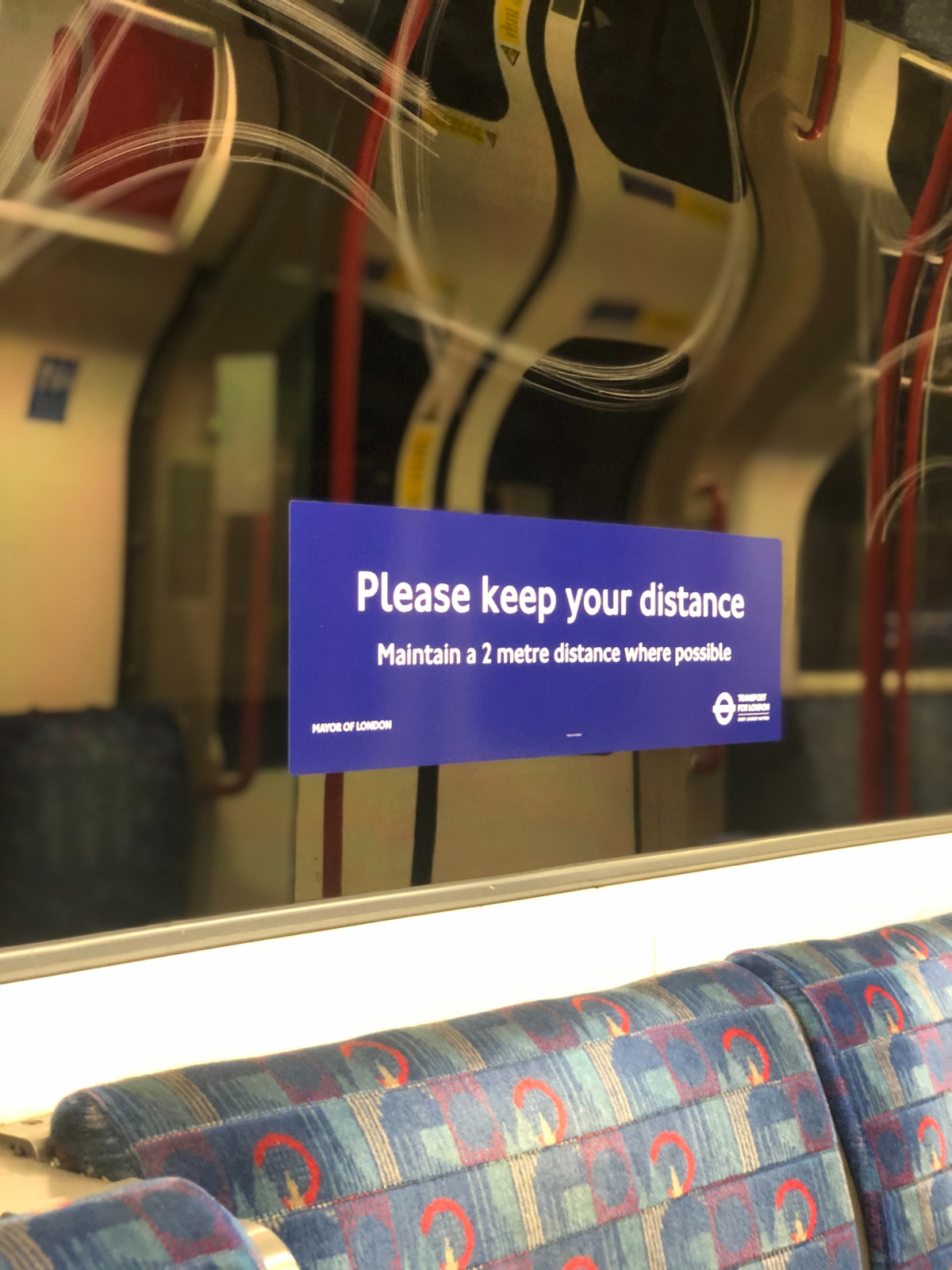The pandemic continues to change the construction economy in ways economists will be studying for decades. There is no silver bullet to solve worksite issues, all we have are people, process, and tools to solve the challenges of social distancing, supplier slowdowns, uncertain project schedules, a workforce susceptible to the pandemic, and a global economic slowdown.

What do we need to make it through the economic pandemic? In a word, innovation. Our industry has been slowly adopting a digitalized workflow process by strategically implementing software and new technologies to improve productivity, safety, and lower costs. In addition, the construction industry is dealing with a historic labor and expertise shortage. There are still a significant number of companies that use a paper process for managing timecards and schedules. Surprisingly, this is part of the pandemic issue. I met with one company who’s bookkeeper refused to touch the paper timecards crews turned in. Migrating to a digital workflow in part or entirely will help with issues like this. A digital process allows your team to work and view project health from anywhere, even if they are home on self quarantine.
The momentum of any construction project moves forward like a micro-economy with its constituents working together in coordinated lurches in productivity. A large part of ‘moving the ball forward one yard at a time’ in construction is balancing schedules and compromise. With Covid19, there are and will continue to be unexpected areas that will require compromise. Some of these compromises on the job site are mandated by OSHA and social distancing. Others will be in schedules where workers testing positive for Covid can cause delays and safety issues. Any successful project has always required some degree of compromise working together with contractors, suppliers, subcontractors, service providers, and workers. Figuring out how to keep project and job momentum moving forward requires additional tools to measure and manage resources in a detailed way, all the way down to the individual crew or worker.
A digital process also helps keep track of the financial health of a project. Near real time reporting and timecard/daily integration give you the benefit of knowing exactly how your projects are doing. Proactively managing projects gives you a degree of flexibility to proactively work with customers on change orders and schedule changes.
2020 is also an election year and November is sure to provide more uncertainty than confidence that our newly elected officials will break with tradition and actually work together. I sure do miss the days when contentious government still got work done for the benefit of the people.
The economy overall faces a bumpy ride headed into the healing stage left from the initial shock of the Covid19, according to Michelle Meyer, head of US economics at Bank of America. The consensus among economists seems to be that the US economy has entered the healing phase. No doubt it’s a ‘bumpy’ road through the end of 2020. You need to look at how to survive or thrive in these rocky market conditions.
We get through 2020 with two concepts that are somewhat foreign to construction; innovation and compromise. The new pandemic normal requires compromises on field and office practices. The faster you can identify and measure job site related changes give you greater flexibility in how to safely and effectively respond. Innovation as noted above, in digital tools across the construction industry are making a difference. One of our customers is saving over $16,000 in a single month just on labor time savings. Automating processes, such as timecards and project costs enable you detailed insight for decision making and proactively managing customers and expectations.
One of the few bright spots in the future is the possibility of a Covid19 vaccine speculated to arrive in December with production ramping up in January and February. Thousands of brave souls volunteered to receive the vaccine for FDA stage 3 testing, necessary to determine safety and effectiveness.
So how do we get from here to there through the 4th quarter of 2020. Like many, I will be glad when 2020 is safely behind us and we can get through to the new normal. Whatever that may be, it will be different than past years. Construction forecasts for the 4th quarter of 2020 look pretty bleak. Some believe it will be the closest thing to a construction economy collapse as we have ever come. Some are more optimistic citing the continued demand for new construction and enough booked work to get through to next year. Construction is very regional, some areas are thriving while others are not. The US economy has officially been in a recession since February 2020. There was some help with the PPP and emergency Covid19 business loan initiatives from the federal government. These programs were well intended but they were a drop in the bucket compared to a thriving economy. I have listed below some of the more useful sites and you work your way through the challenge of 2020 and onto a brighter 2021
If you haven’t taken a look at CrewBuilder yet, I invite you to spend some time with me to see how CrewBuilder can work for you.
Stats around the Web:
- The U.S. economy suffered its worst period ever in the second quarter, with GDP falling a historic 32.9%
- Neither the Great Depression nor the Great Recession nor any other slump over the past two centuries have ever caused such a sharp drain on the economy
- Even with new construction starts down 10%-15%, cash flow patterns are still indicating nonresidential construction spending will be up in 2020. Greatest strength is in non-building work. A reduction in 2020 new construction starts will show the greatest impact in 2021.
- Expect 2020 spending declines in Amuse/Rec, Lodging, Offc, Mnfg. Expect increases in CommRtl (it’s all in warehouses, stores are down), and most non-building markets.
- Highway and Bridge represents almost 40% of non-building markets and starts are up 8% for the 1st half 2020 compared to same period 2019.


